How To Mix Cement and Gravel Manually YouTube
Sep 18, 2017· Construction How to make cement Leaf pot concrete leaf casting cement leaves sand and cement Duration: 11:44. Craft ideas from cement 3,012,081 views 11:44
 WhatsApp)
WhatsApp)
Sep 18, 2017· Construction How to make cement Leaf pot concrete leaf casting cement leaves sand and cement Duration: 11:44. Craft ideas from cement 3,012,081 views 11:44

If the idea of laying concrete in the professional manner is overwhelming to you, there is another way to add cement over gravel without so much work. The cement is laid over the gravel and then landscaping pavers are laid on top of the cement to add decoration and to prevent much of the smoothing process typically associated with making a ...

Knowing the weight of the materials and how much water to use should help you determine how much cement, sand, and stone to purchase to complete your project. For estimating purposes, you can make about 1 cubic yard of concrete with 5 1/2 94pound bags of cement, 17 cubic feet of sand, and 18 cubic feet of gravel.

Jan 30, 2014· To make the concrete stronger, add more cement or less sand. The closer you bring the ratio to an even onetoone of sand to cement, the stronger the rating becomes. This principles works in the opposite direction as well. If you want to get a little more technical, some concrete experts recommend going for 26 percent sand, 41 percent gravel ...

Pavers, whether stone or concrete, must be supported by solid foundations, the final layer of which is paving sand. Calculating how much sand is needed for a paving project involves finding the surface area of the paving, and then establishing how many cubic feet of sand are needed to cover the area in a layer 1inch thick.
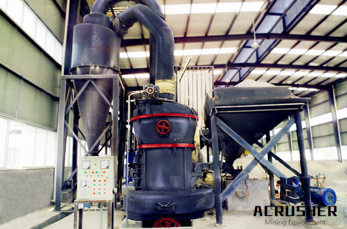
Mortar Mix Ratios (Cement, Sand, Gravel) Mortar Types and Uses. Typically used as the compound for joining masonry, stone or ceramic units together, mortar is made by combining cement, lime and sand. Mortar typically has a higher water to cement ratio when compared with concrete which allows greater workability and is required to form mortars ...

Jul 07, 2019· How Much Gravel do I Need – Concrete is a mixture of sand, gravel, cement, and water. When wet, it can be formed in different ways. When it hardens or sets, it becomes like rock. It is used to bond bricks or stones, or to make walls, walkways, and sidewalks.

May 05, 2011· To mix cement, start by combining 1 part cement, 2 parts sand, and 4 parts gravel in a large bucket or wheelbarrow. Next, make a small crater in this mixture and add half a bucket of water. Mix the cement with a shovel and add more water until it''s formed a smooth paste similar to peanut butter.
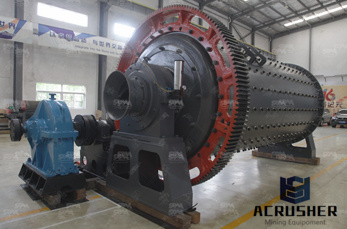
These Concrete Calculators provide the required quantities of cement and allin ballast or cement, sharp sand and gravel required to give a defined volume of finished concrete. Both of these concrete calculators make an allowance for the fact that material losses volume after being mixed to make concrete.

Apr 15, 2005· The rest is aggregate: sand, gravel, etc. When you order concrete delivered by truck, they ask "How many sacks?" This means how many (usually 80 lb.) sacks of Portland Cement do you want mixed into each cubic yard of the concrete. Typical mixes, depending on application, will be 4 sack, sack, 5 sack, sack, or 6 sack mixtures. ...

Dec 29, 2018· Bedding sand must consist of multisized sand particles, including concrete sand, to effectively lock the pavers into place. A 1inch layer of level sand allows pavers to sink slightly into the ...

Dec 27, 2018· Much of the appeal of pavers rests in their clean, simple aesthetic and their ease of installation. After you''ve laid down a sturdy base layer such as gravel or compacted sand.
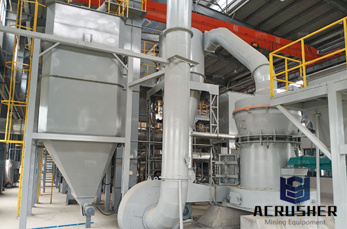
These Concrete Calculators provide the required quantities of cement and allin ballast or cement, sharp sand and gravel required to give a defined volume of finished concrete. Both of these concrete calculators make an allowance for the fact that material losses volume after being mixed to make concrete.

The strength of concrete depends on the mix used to make it ratio of cement, sand, gravel and water. If the mix does not produce a concrete that is strong enough, the concrete will break.
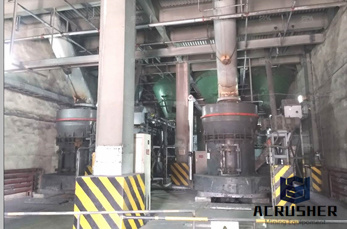
Visit the Home Depot to buy MSU, Inc. 1,000 lb. PreMix Rock and Sand Mix 737048. ... Use the MSU, Inc. 1,000 lb. PreMix Rock and Sand Mix to mix concrete. This versatile PreMix has a brown/tan color and comes in a convenient bulk size bag to suit your needs.

For instance, a concrete mix for foundation walls or a base for paving slabs consists of one part Portland cement, parts sand, parts gravel and parts water. For foundation footings, mix one part Portland cement, three parts sand and five parts gravel plus enough water to make it pour easily.
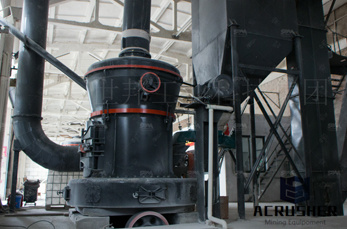
This is a free online tool by to calculate material consumption for a concrete structure, quantity of cement, sand, stone gravel required in different concrete ratios.

Estimation of Cement, Sand, and Gravel in Construction In the estimation of cement, sand, and gravel volumes for concrete proportioning, we use the Fuller''s Formula. This is an easy way to get a rough estimate in case you are in the field.

There are dozens of handy little calculators dotted throughout the site, from working out how much sand and cement is required to how many flags are needed to cover a given area. This page carries a list of links to them all. A complete listing of the popup calculators available on this site

The proportions of cement, sand, coarse aggregate and water plays an important role in determining the fresh and hardended properties of concrete. So care should be taken while calculating the amount of Cement, Sand and Aggregate required for 1 Cubic meter of Concrete. Method1: DLBD method to determine material requirement for 1 Cum concrete The DLBD (Dry .

The basic mix ratio for concrete is one part water, two parts cement and three parts sand. An alternative ratio is one part cement, two parts sand and three parts gravel with enough water added until the mixtures reaches the consistency of thick mud.

These Concrete Calculators work out the required cement and allin ballast or cement, sharp sand and gravel required to complete a user defined volume of finished concrete. Both concrete calculators make an allowance for the fact that ballast etc losses volume when mixed to make concrete.

Jul 11, 2017· To get the correct answer firstly you need to know the mix ratio of cement, sand and gravel in concrete. So, if you consider 1::3 means 1 part cement, part sand and 3 part gravel your calculation will be as follows For 1 cubic feet casting ...

OnSite Concrete calculator. Use this calculator to determine how much sand, aggregate (gravel) and cement is required for mixing on site a given area of concrete (1:2:4 ratio). Please enter the dimensions in the white fields below and click calculate to display the results. See below for help on concrete.
 WhatsApp)
WhatsApp)